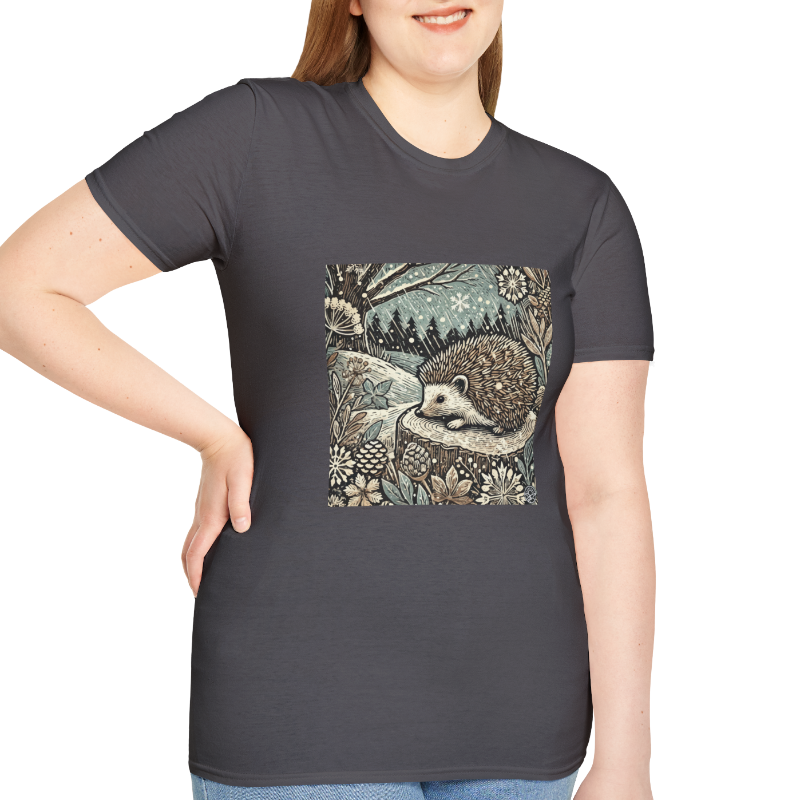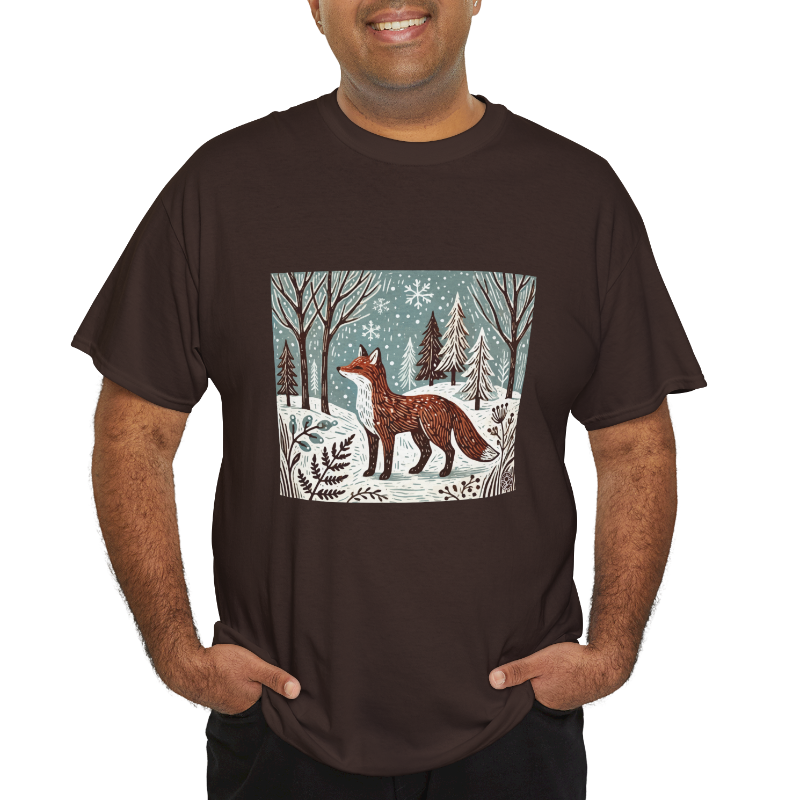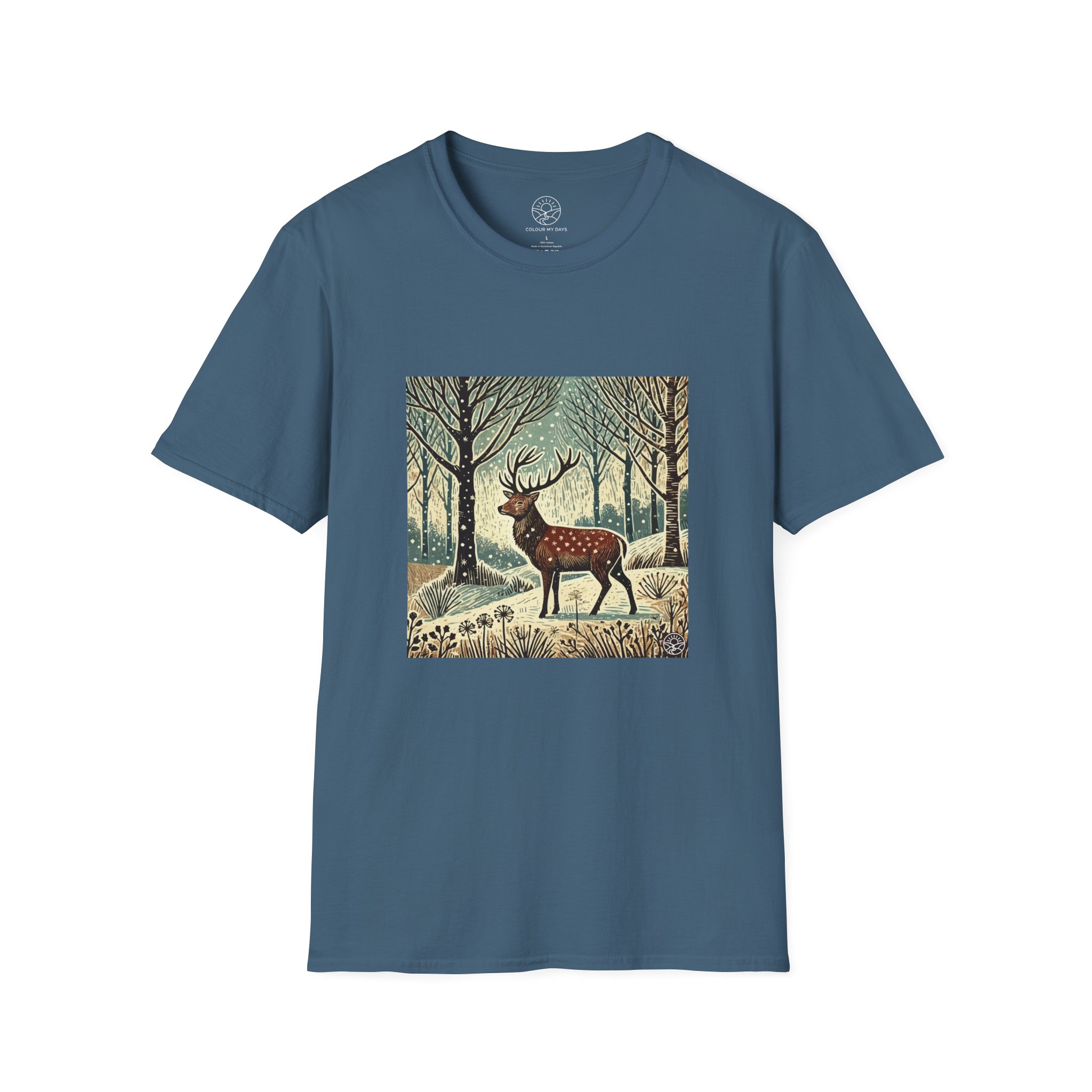The Black Welsh Mountain Sheep is a striking and hardy breed that thrives in the rugged landscapes of Wales. Known for their unique black wool and resilience, these sheep are a symbol of the Welsh countryside. Usually seen grazing on mountainsides or roaming in open pastures, the Black Welsh Mountain Sheep is a vital part of both the agricultural and ecological heritage of Britain.
A domesticated breed developed in Wales and prized for its distinctive appearance and adaptability. These sheep are well-suited to the challenging terrain and harsh climates of their native region, making them an integral part of Welsh farming traditions.
Scientific Classification
Common Name: Black Welsh Mountain Sheep
Scientific Name: Ovis aries
Family: Bovidae
Order: Artiodactyla
Conservation Status: Not Threatened

What do Black Welsh Mountain Sheep Look Like
With their jet-black fleece and lean frame, the Black Welsh Mountain Sheep is easily distinguishable from other breeds. Their wool is highly valued for spinning and crafting, and their striking appearance makes them a favorite in conservation grazing projects.
Physical Appearance
Size: Medium-sized breed
Weight: Ewes average 35-45 kg (77-99 lbs), rams 60-70 kg (132-154 lbs)
Wool Color: Deep black, fine and soft, with a natural sheen
Horns: Rams typically have impressive, spiraling horns, while ewes are polled (hornless)
Lifespan: Approximately 10-12 years
Where do Black Welsh Mountain Sheep Lives

Where Do They Live
Where to find them
The breed thrives in challenging environments, grazing on nutrient-poor grass and shrubs. Their ability to adapt to harsh terrains has made them a sustainable choice for farmers in mountainous regions.
Native To: Wales, UK
Habitats:
- Mountainous regions and uplands
- Heathlands and moorlands
- Lowland pastures during winter months
Range: Found primarily in Wales but also exported worldwide for their unique traits
Behaviour & Lifestyle
How They Behave
Black Welsh Mountain Sheep are known for their calm and resilient demeanor, making them easy to manage and well-suited to communal living in flocks.
Activity: Diurnal (active during the day)
Diet: Herbivorous, grazing on grass, heather, and low-growing vegetation
Grazing Habits: Efficient grazers, often used in conservation projects to manage overgrowth and maintain healthy ecosystems

Social Behavior:
- Live in flocks led by experienced ewes
- Rams are territorial during the breeding season
Predators: Natural predators in the wild include foxes and birds of prey, though protection is provided in farmed settings
How Do They Breed
The breed’s strong maternal instincts and ability to thrive in harsh conditions ensure high survival rates for lambs, even in challenging climates.
Breeding Season: Autumn (September to November)
Litter Size: Usually 1-2 lambs per litter
Gestation Period: Approximately 147 days (5 months)
Lambing Habits:
- Lambs are born hardy and quick to stand
- Mothers are highly attentive and protective of their young
Reproduction & Lifespan
Ecological Importance

Why Are They Important
The Black Welsh Mountain Sheep plays a vital role in preserving the balance of natural landscapes while contributing to sustainable agricultural practices.
Role in the Ecosystem:
Conservation Grazers: Manage overgrown vegetation, encouraging biodiversity in pastures and heathlands.
Sustainable Farming: Their hardy nature reduces the need for supplemental feed and intensive farming practices.
Wool Production: Provides a sustainable resource for crafting and clothing, reducing reliance on synthetic materials.

Conservation Status & Threats
The Black Welsh Mountain Sheep is not currently considered at risk, with a conservation status of “Not Threatened”. However, as a heritage breed, it faces challenges related to changing agricultural practices and a loss of traditional grazing lands.
Threats
Loss of habitat due to intensive farming and land-use changes.
Decreased demand for traditional wool products, leading to a decline in breeding.
Competition with modern sheep breeds, which are often preferred for higher yields.
Conservation Efforts
Support for traditional farming practices that maintain habitats for heritage breeds.
Encouraging demand for natural, sustainable wool products.
Promoting conservation grazing programs to preserve landscapes and biodiversity.
By supporting the breed through sustainable practices and raising awareness about its importance, we can ensure the Black Welsh Mountain Sheep continues to thrive.
NOT UNDER THREAT
Fun Facts
The Black Welsh Mountain Sheep is a fascinating and unique breed that stands out for its resilience and rich history. From their striking black wool to their essential role in conservation grazing, these sheep offer a wealth of interesting characteristics and stories worth exploring.
Where to Look: You’ll find them grazing on the rugged uplands and heathlands of Wales, particularly in traditional farming areas.
Best Time: Dawn and dusk are ideal for spotting them actively grazing in the cooler hours.
Where to Look: You’ll find them grazing on the rugged uplands and heathlands of Wales, particularly in traditional farming areas.
Best Time: Dawn and dusk are ideal for spotting them actively grazing in the cooler hours.

Mythology & Folklore
The Black Welsh Mountain Sheep has long been a part of Welsh heritage, symbolizing resilience and self-sufficiency in the rugged landscapes of the region.
In folklore, sheep often represent abundance and prosperity. Their black fleece has been associated with mystery and uniqueness, making them a symbol of individuality and tradition.
Cultural Significance
How to Spot Them
How to Spot a Black Welsh Mountain Sheep in the Wild
Spotting the Black Welsh Mountain Sheep in its natural habitat is a rewarding experience for nature enthusiasts. These unique sheep, with their striking black fleece, are a true symbol of the rugged Welsh countryside. Whether you’re hiking in the uplands or exploring heathlands, knowing what to look for can make the search even more exciting.
Where and When
Where to Look: You’ll find them grazing on the rugged uplands and heathlands of Wales, particularly in traditional farming areas.
Best Time: Dawn and dusk are ideal for spotting them actively grazing in the cooler hours.
Sighting Tips
Trails of nibbled grass and shrubs.
Clusters of small, round hoof prints in the soil.
Black wool caught on fences or bushes.


How You Can Help
Protecting the Black Welsh Mountain Sheep is vital to preserving their role in biodiversity and their cultural significance. These hardy sheep are not only an emblem of traditional farming but also a key contributor to conservation grazing. Simple actions can ensure their survival and the continuation of their legacy.
Support Conservation Projects: Purchase products like wool from heritage breeds to encourage farmers to maintain traditional practices.
Choose Sustainable Fashion: Opt for garments made from natural, ethically sourced materials like Black Welsh Mountain wool.
Promote Awareness: Share information about the importance of heritage breeds in maintaining biodiversity and cultural history.
Shadow the Black Welsh Mountain Sheep!
Get Closer to Nature with Our Exclusive Woodland Wildlife Series!
Celebrate the heritage of Britain’s wildlife with our “Shadow the Black Welsh Mountain Sheep” T-shirt, featuring a beautifully crafted linocut design. This T-shirt is perfect for wildlife lovers, conservationists, and anyone who values the traditions of sustainable farming.
“Shadow the Black Welsh Mountain Sheep, with her jet-black fleece and serene presence, roams the rugged hills of Wales, embodying resilience and tradition. As a vital part of the Welsh landscape, Shadow symbolizes the enduring connection between nature, culture, and sustainable living.”
RELATED:



